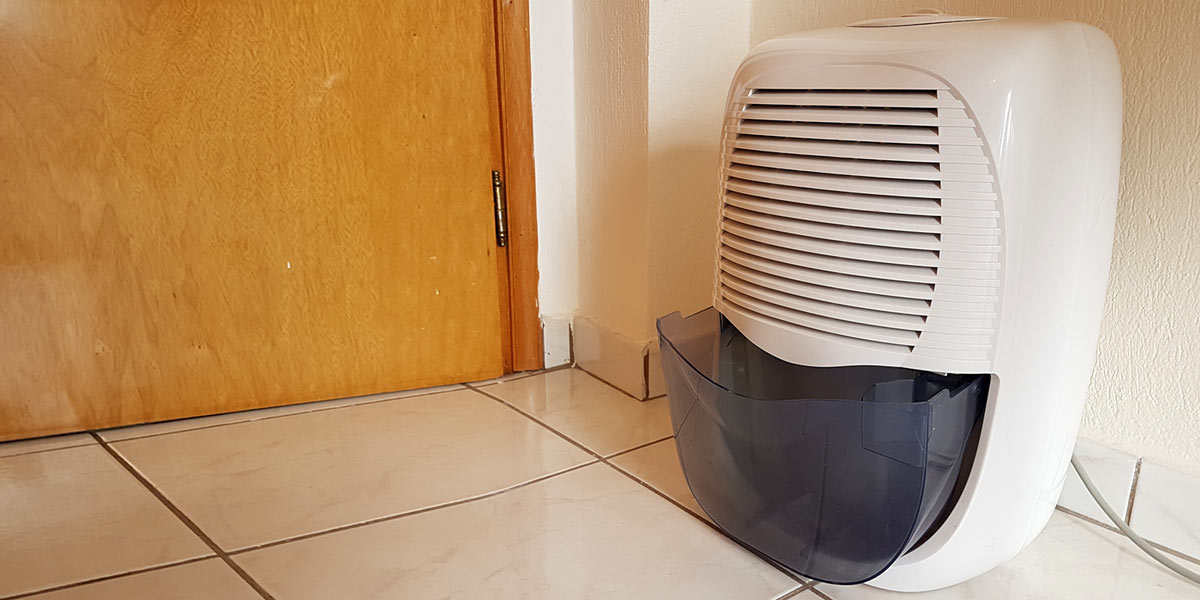

Articles
Where To Put A Dehumidifier
Modified: August 28, 2024
Looking for articles on where to put a dehumidifier? Discover expert advice and tips for finding the ideal location to maximize its effectiveness and improve indoor air quality.
(Many of the links in this article redirect to a specific reviewed product. Your purchase of these products through affiliate links helps to generate commission for Storables.com, at no extra cost. Learn more)
Introduction
A dehumidifier is a household appliance designed to reduce excessive moisture in the air, making your living environment more comfortable and healthier. High humidity levels can lead to a range of issues such as mold growth, musty odors, and damage to furniture and electronic devices. By investing in a dehumidifier, you can effectively control the humidity levels in your home and improve the overall air quality. However, to maximize the effectiveness of your dehumidifier, it is important to place it in the right location within your living space.
In this article, we will explore the benefits of using a dehumidifier, factors to consider before placing it, and ideal locations for optimal performance. We will also highlight common mistakes to avoid when positioning your dehumidifier to ensure you make the most of this valuable appliance.
Key Takeaways:
- Proper placement of a dehumidifier is crucial for maximizing its effectiveness in controlling moisture, preventing mold, and improving air quality. Consider factors like humidity levels, room size, and source of moisture.
- Avoid common mistakes when placing a dehumidifier, such as blocking air vents, neglecting maintenance, or using it in extremely cold temperatures. Proper placement and care ensure optimal performance and a healthier home environment.
Read more: Where To Place Dehumidifier In Basement
Benefits of Using a Dehumidifier
Using a dehumidifier in your home can offer a range of benefits, both for your health and for the maintenance of your property. Here are some key advantages of using a dehumidifier:
- Prevents Mold and Mildew: High humidity levels create the perfect breeding ground for mold and mildew, which can contribute to respiratory issues and allergies. A dehumidifier helps to reduce moisture in the air, making it difficult for mold and mildew to thrive.
- Reduces Dust Mites: Dust mites are microscopic organisms that thrive in humid environments. They can trigger allergies and respiratory problems. By using a dehumidifier to maintain optimal humidity levels, you can significantly reduce the presence of dust mites in your home.
- Protects Your Home: Excessive moisture in the air can cause damage to your home and its contents. It can warp wooden furniture, cause peeling wallpaper, and even affect the structural integrity of the building. By keeping humidity levels in check, a dehumidifier can keep your home safe from costly damage.
- Improves Air Quality: High humidity can lead to musty odors, stale air, and a generally uncomfortable living environment. A dehumidifier helps to eliminate excess moisture, resulting in fresher and cleaner air.
- Enhances Comfort: Excessive humidity can make you feel hot and sticky, even when the temperature is not particularly high. By reducing moisture levels, a dehumidifier can create a more comfortable indoor environment, especially during the hot and humid summer months.
These are just a few of the many benefits that a dehumidifier can provide. Whether you live in an area with high humidity or experience temporary moisture issues, investing in a dehumidifier can significantly improve the quality of your living space.
Factors to Consider Before Placing a Dehumidifier
Before setting up your dehumidifier in your home, there are several factors to consider to ensure you maximize its effectiveness:
- Humidity Levels: Measure the humidity levels in your home using a hygrometer. This will help you determine if you need a dehumidifier and how powerful it should be. Ideally, indoor humidity levels should be between 30% and 50% for optimal comfort and air quality.
- Size of the Area: Consider the size of the area you want to dehumidify. Dehumidifiers come in different capacities, so it’s important to choose one that can effectively handle the square footage of the room. Overloading a small dehumidifier in a large space will diminish its efficiency.
- Source of Moisture: Identify the source of excess moisture in your home. Is it due to poor ventilation, water leaks, or condensation? Understanding the source will help you determine the best location for your dehumidifier and address any underlying issues causing excessive moisture.
- Noise Level: Consider the noise level of the dehumidifier, especially if you plan to place it in a frequently occupied area such as a bedroom or living room. Look for models with noise reduction features if noise is a concern for you.
- Energy Efficiency: Look for an energy-efficient dehumidifier to minimize electricity consumption. Energy Star certified models can save you money on utility bills without compromising performance.
- Maintenance: Consider the maintenance requirements of the dehumidifier. Look for models with easy-to-access filters that can be cleaned or replaced regularly. Additionally, opt for units with automatic shut-off features or drainage options to prevent overflowing or excessive condensate accumulation.
By considering these factors, you can choose a dehumidifier that is suited to your specific needs and ensure that it effectively addresses the moisture issues in your home.
Place the dehumidifier in a central location, away from walls and furniture, to allow for optimal air circulation and maximum efficiency in removing moisture from the air.
Ideal Locations for a Dehumidifier in Your Home
Placing your dehumidifier in the right location is crucial for optimal performance and effectiveness. Here are some ideal locations to consider:
- Basement: Basements are usually more prone to high humidity due to their underground nature. Placing a dehumidifier in the basement can help control moisture levels and prevent mold growth.
- Bathroom: Bathrooms are often humid due to steam from showers and baths. Positioning a dehumidifier in the bathroom can reduce moisture and prevent the buildup of mold and mildew.
- Crawl Space: Crawl spaces are another area prone to excess moisture. Placing a dehumidifier in the crawl space can help prevent moisture-related issues and improve the overall air quality in your home.
- Laundry Room: Laundry rooms can generate a significant amount of moisture due to drying clothes. By positioning a dehumidifier in the laundry room, you can prevent mold growth and promote faster drying.
- High Humidity Areas: Identify rooms or areas in your home with consistently high humidity levels. This may include rooms without proper ventilation, such as the attic or a windowless room. Placing a dehumidifier in these areas can help regulate moisture levels effectively.
- Central Location: If you have a large home, consider placing the dehumidifier in a central location on the floor where excessive humidity is a concern. This will allow the appliance to effectively circulate air and dehumidify multiple rooms.
Remember to position the dehumidifier at least a few inches away from walls and furniture to allow proper air circulation and prevent obstructed airflow. Additionally, ensure that the dehumidifier is placed on a level surface and that its drainage system or collection tank is properly managed and emptied as needed.
Note: It may be necessary to experiment and adjust the placement of the dehumidifier based on the specific conditions in your home. Observing any changes in humidity levels and monitoring the effectiveness of the unit will help you determine the most ideal location over time.
Common Mistakes to Avoid when Placing a Dehumidifier
While placing a dehumidifier may seem straightforward, there are some common mistakes that you should avoid to ensure its optimal performance. Here are some mistakes to steer clear of:
- Placing the dehumidifier near walls: It is essential to position the dehumidifier a few inches away from walls and furniture to allow proper air circulation. Placing it too close to a wall can hinder the airflow and reduce its effectiveness.
- Blocking the air intake or exhaust: Ensure that the air intake and exhaust areas of the dehumidifier are free from obstructions. Blocking these vents can restrict airflow and cause the unit to work inefficiently.
- Putting it in a small, enclosed space: Placing a dehumidifier in a small, enclosed space, such as a closet, can limit its ability to extract moisture effectively. It is best to position the unit in a larger area where air circulation is more accessible.
- Ignoring maintenance tasks: Regular maintenance is crucial for the efficient operation of the dehumidifier. Neglecting tasks such as cleaning the filter or emptying the water tank can hinder its performance and lead to potential breakdowns. Follow the manufacturer’s guidelines for proper maintenance.
- Overlooking the drainage system: If your dehumidifier has a built-in drainage system, make sure it is properly connected and directed to an appropriate drain. Failing to address the drainage system can result in overflowing or water damage.
- Using it in extremely cold temperatures: Dehumidifiers are designed to operate in specific temperature ranges. Using it in extremely cold environments, such as unheated basements in winter, can cause the unit to freeze up. Check the manufacturer’s specifications to ensure proper usage in different temperature conditions.
By avoiding these common mistakes, you can ensure that your dehumidifier operates effectively, lasts longer, and provides the desired results in moisture control and air quality improvement.
Read more: Where Can I Buy A Dehumidifier
Conclusion
Investing in a dehumidifier for your home can bring numerous benefits, including improved air quality, reduced moisture-related issues, and a healthier living environment. However, to fully enjoy these advantages, it is essential to place the dehumidifier in the right location.
Consider factors such as humidity levels, room size, and the source of moisture before determining the ideal placement for your dehumidifier. Basements, bathrooms, crawl spaces, and high-humidity areas are commonly suitable places. Remember to avoid blocking the air vents, keep the unit away from walls, and perform regular maintenance tasks.
By avoiding common placement mistakes and ensuring proper airflow, you can maximize the effectiveness of your dehumidifier. This will lead to better moisture control, mold prevention, and overall comfort in your home.
So, take the time to assess your indoor humidity levels, evaluate the size of your space, and understand the sources of excess moisture. By placing your dehumidifier strategically, you can create a more comfortable and healthier living environment for you and your family.
Remember, a properly placed dehumidifier can make a significant difference in managing humidity levels and ensuring a pleasant atmosphere in your home.
Frequently Asked Questions about Where To Put A Dehumidifier
Was this page helpful?
At Storables.com, we guarantee accurate and reliable information. Our content, validated by Expert Board Contributors, is crafted following stringent Editorial Policies. We're committed to providing you with well-researched, expert-backed insights for all your informational needs.
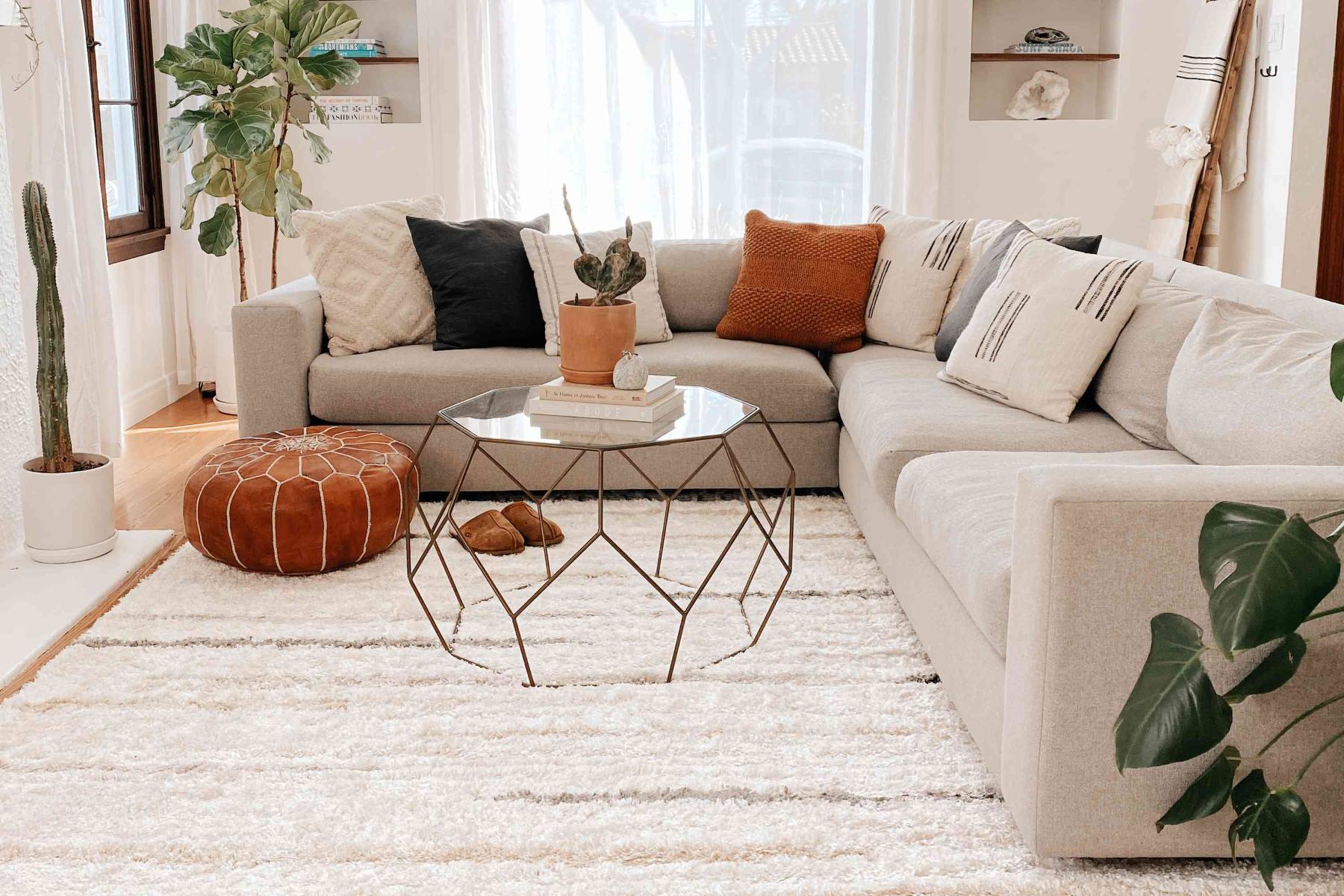
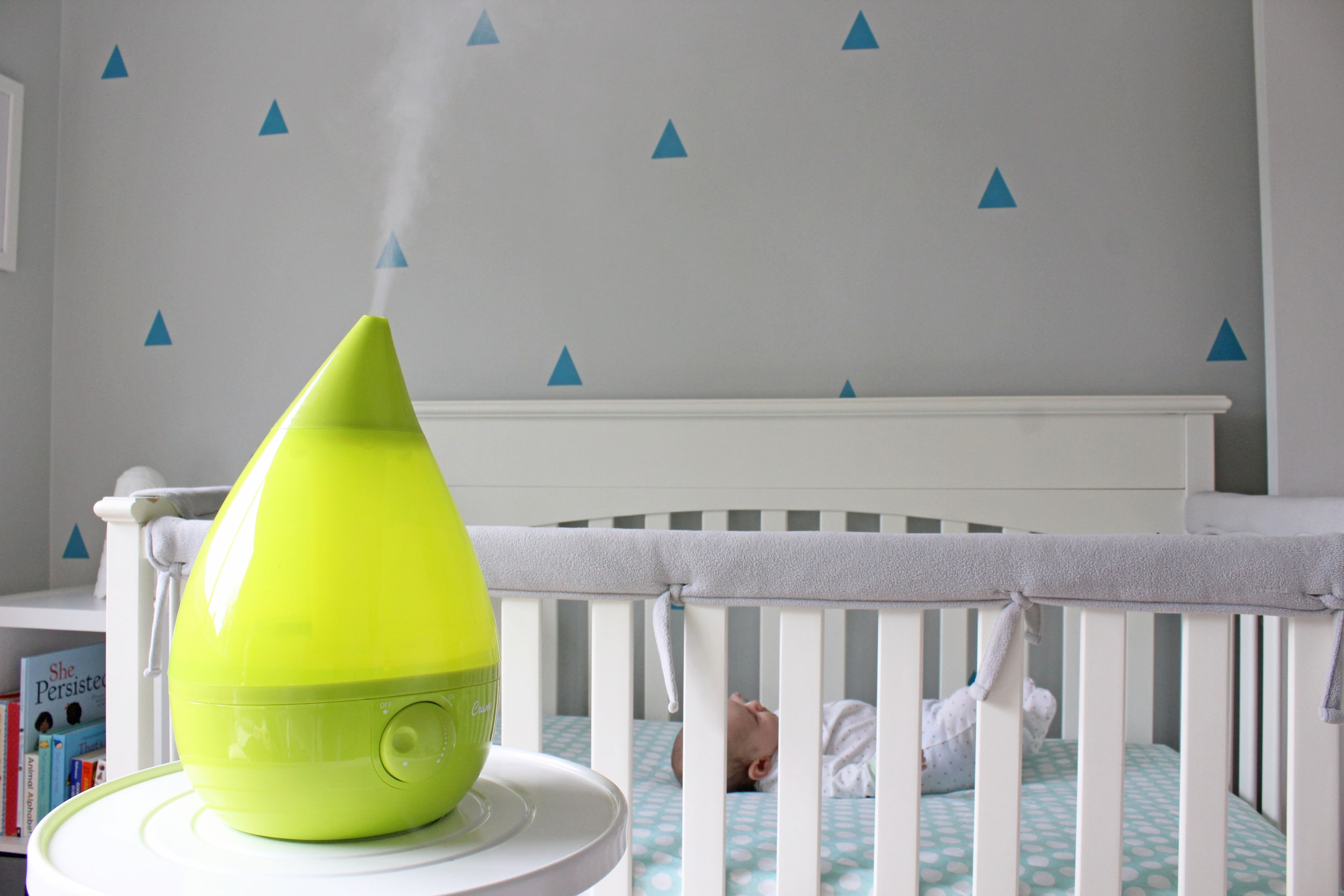
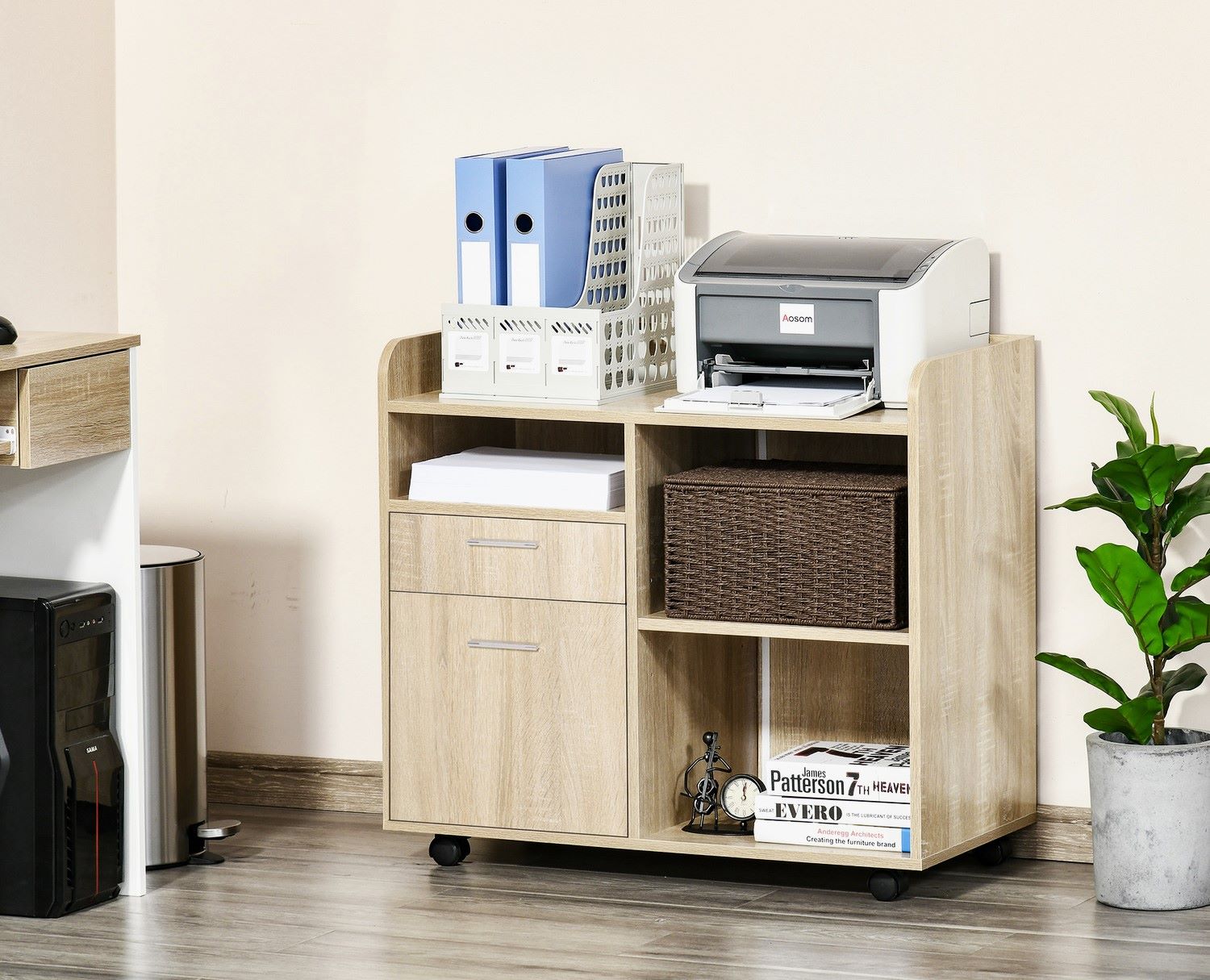
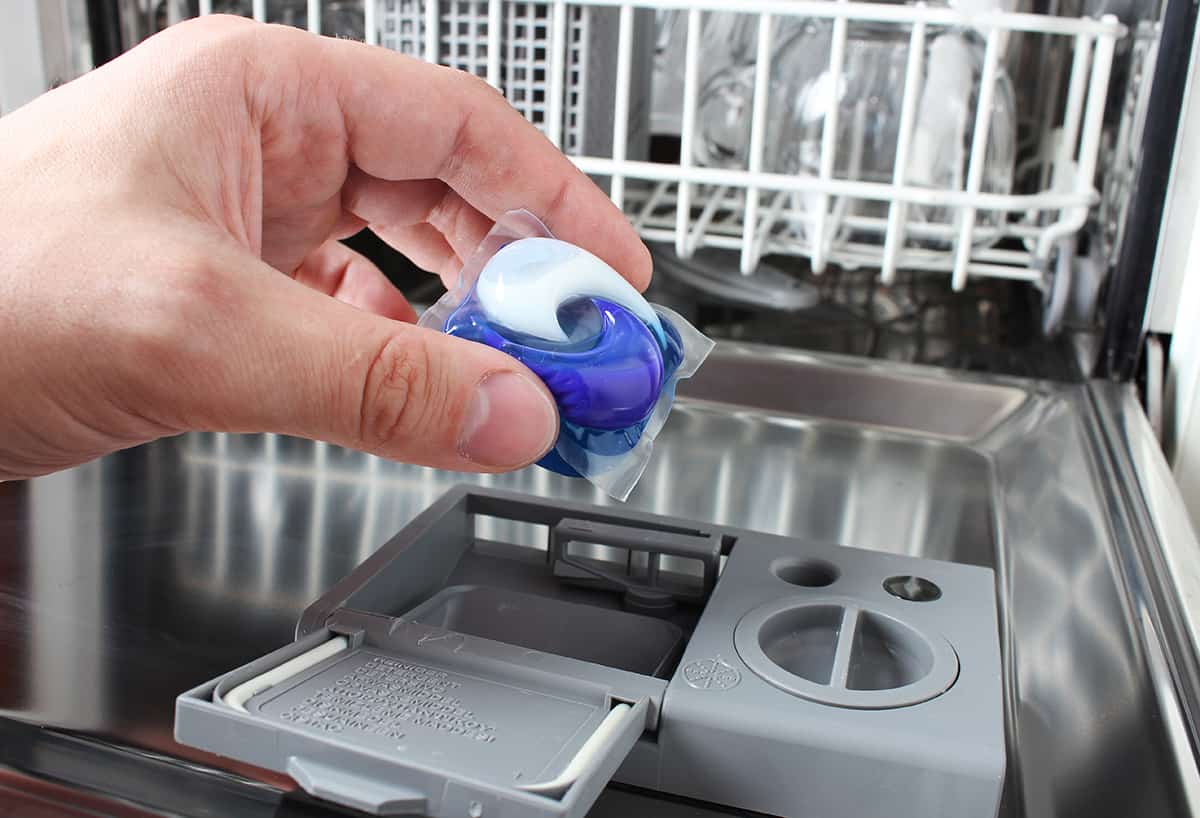
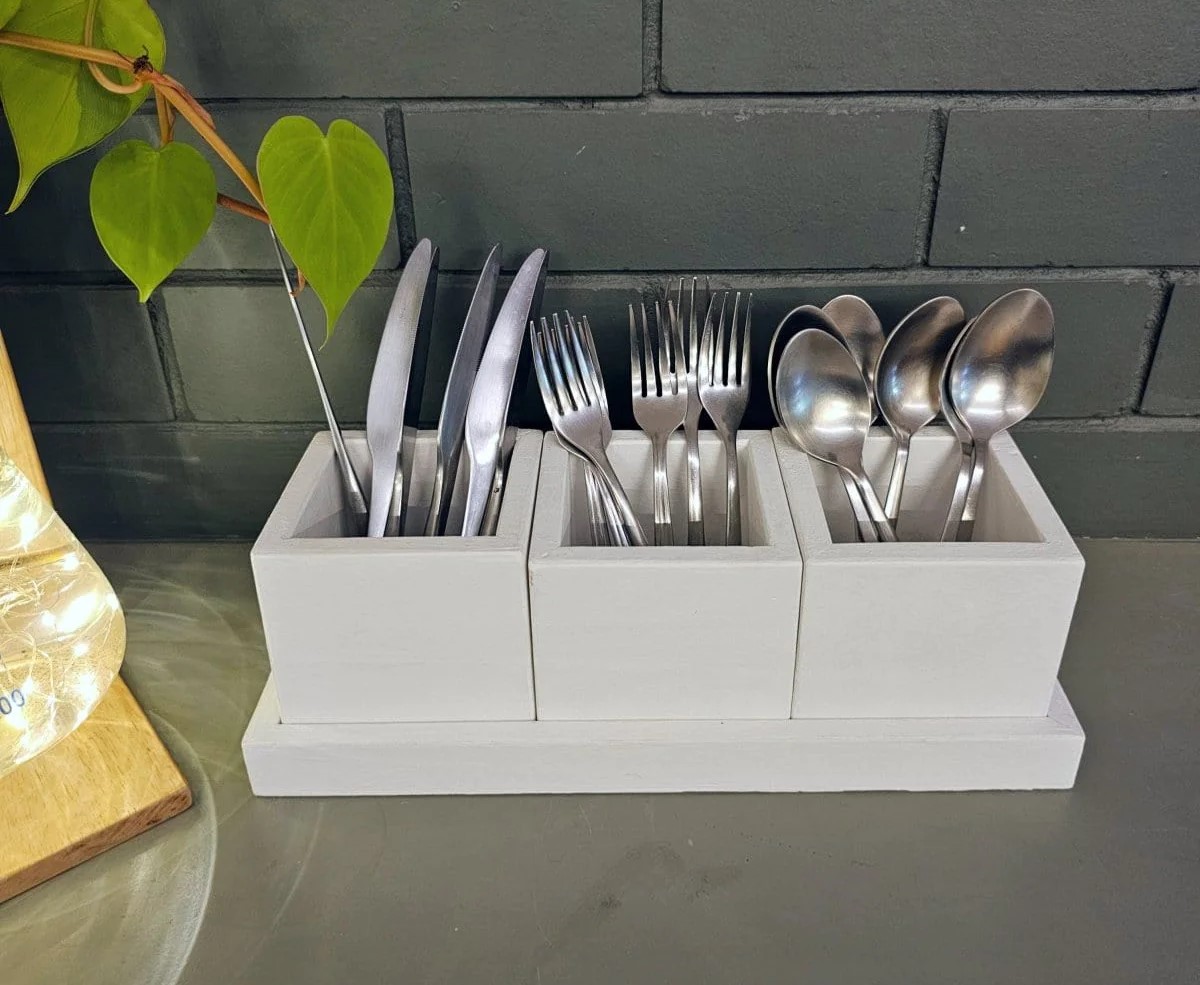
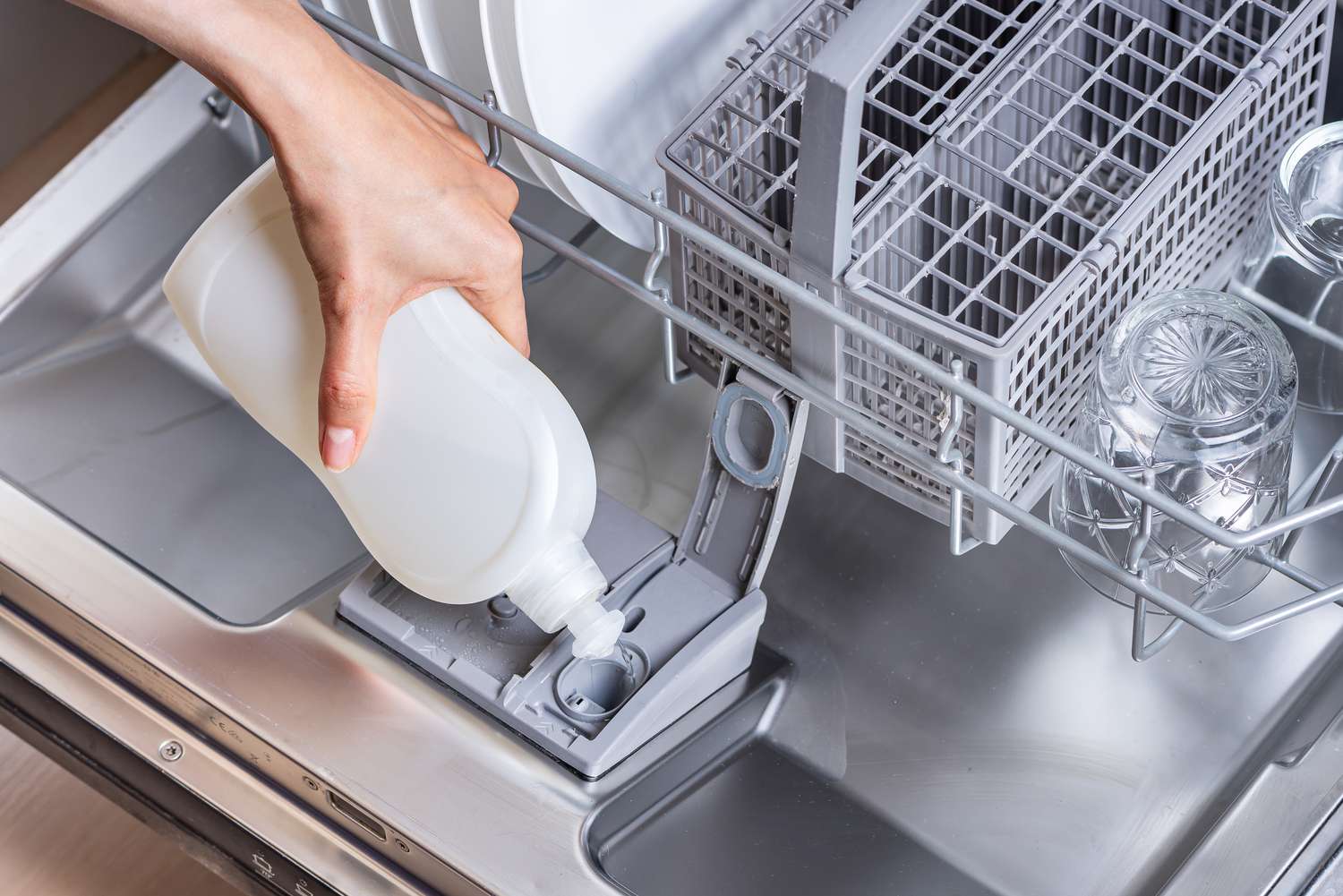

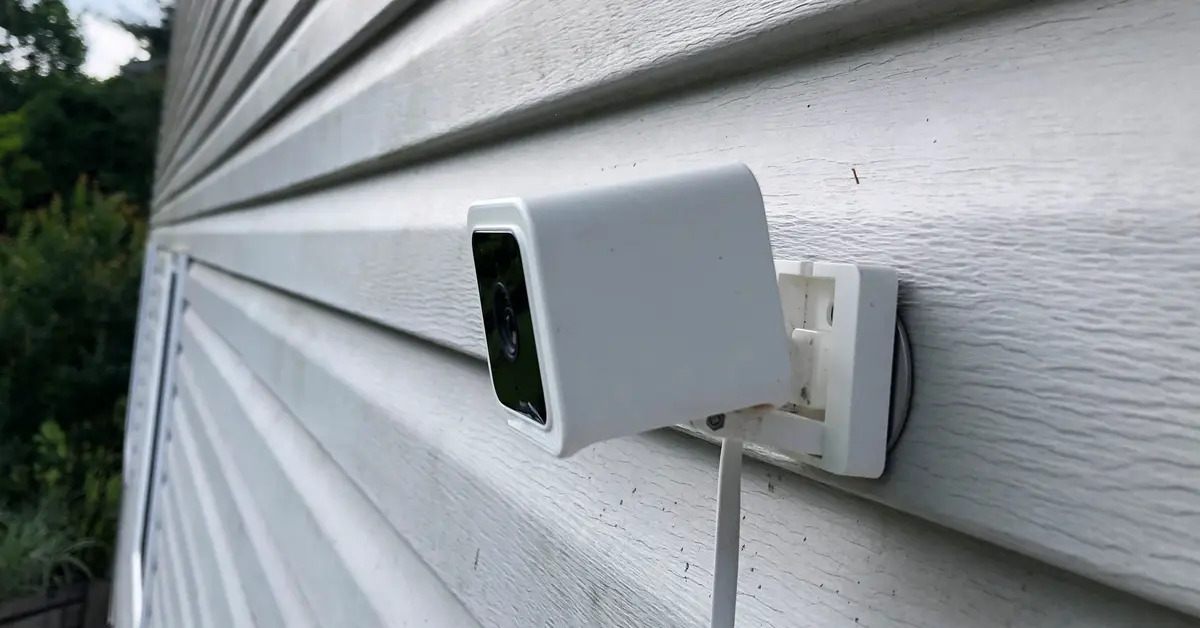

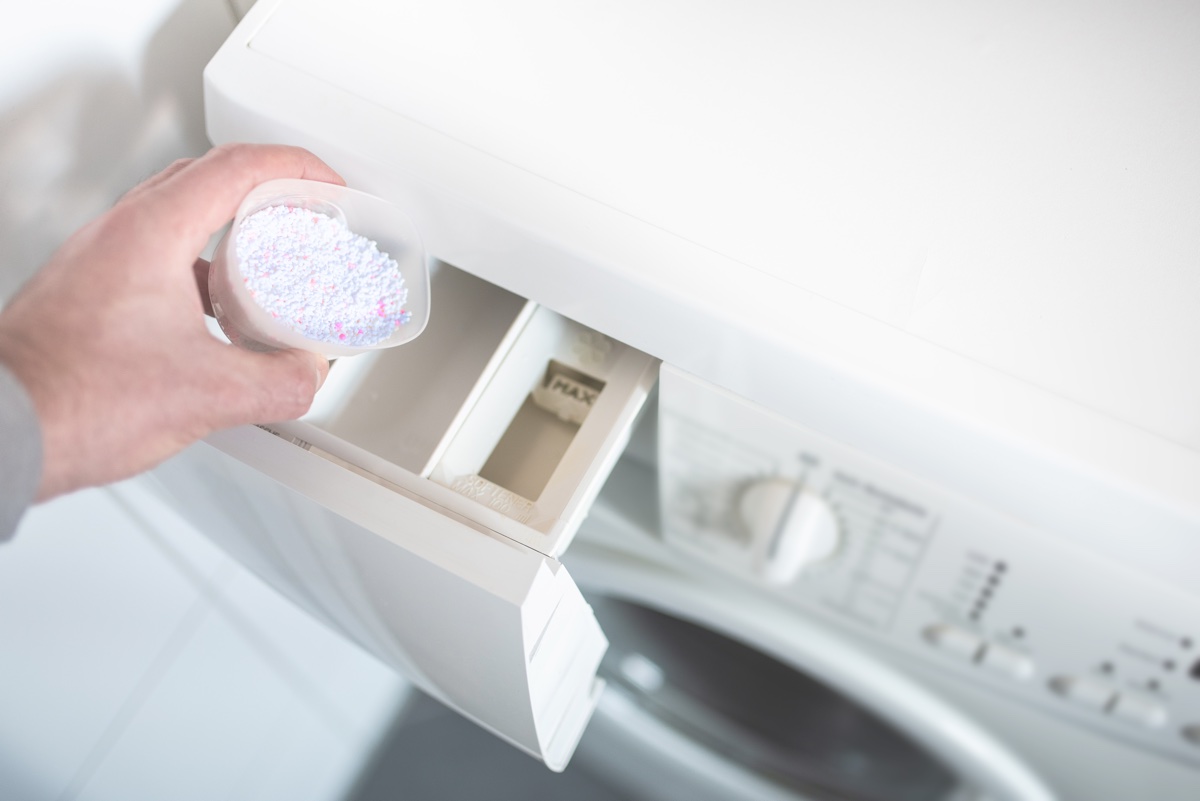
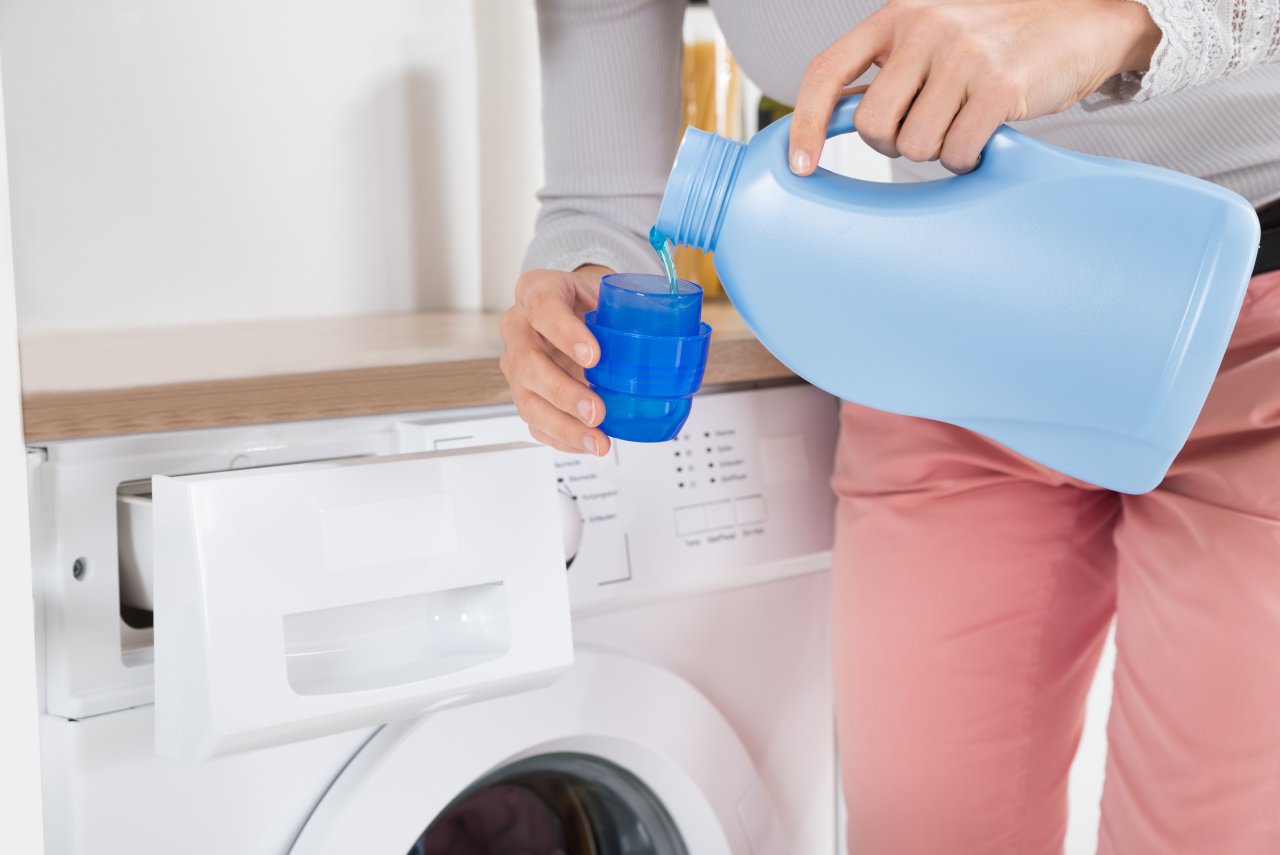
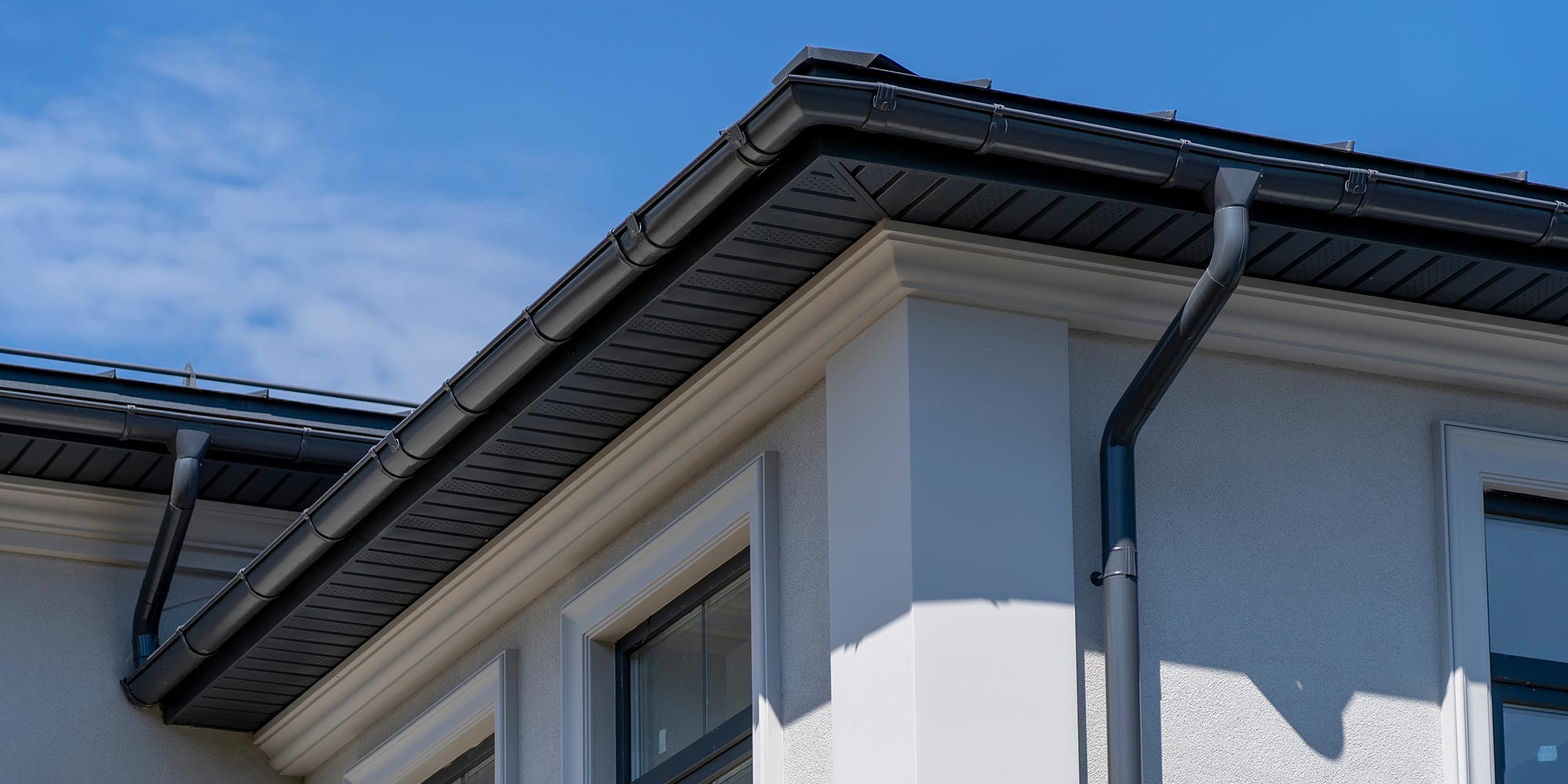
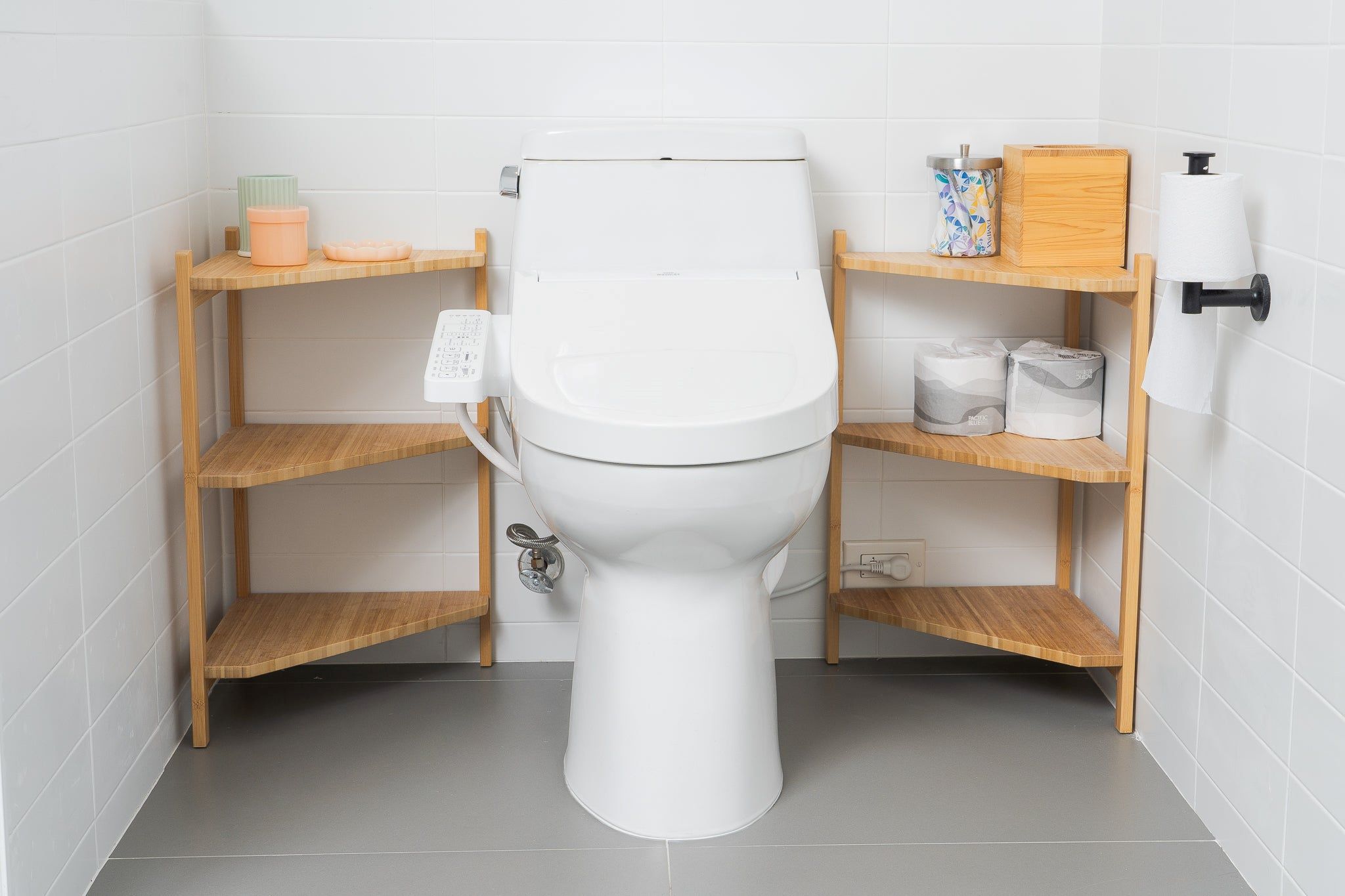


0 thoughts on “Where To Put A Dehumidifier”